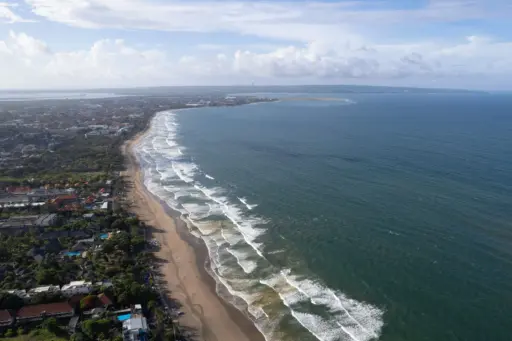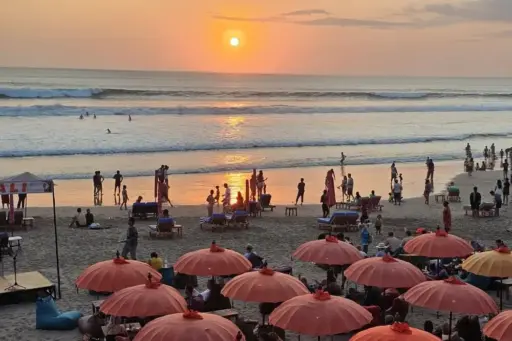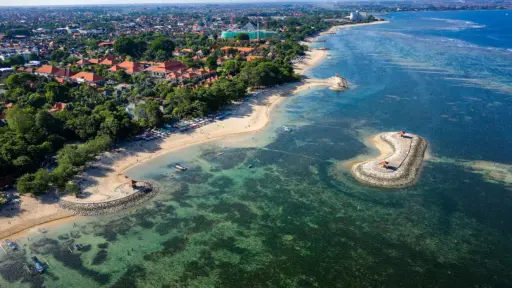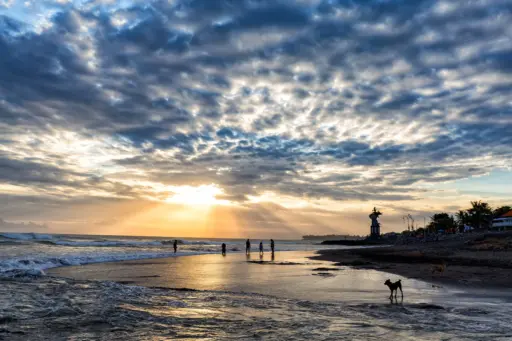Money in Bali: What You Need to Know
Whether you are sipping a coconut on Seminyak beach, bartering for a t-shirt in Kuta, or paying for a massage at an upmarket spa, having the right money knowledge in Bali makes life a whole lot easier. This is the Bali Sunsets guide to everything you need to know. You will get answers to currency basics, how to find a legitimate money changer, and whether to rely on credit cards or cash.
Bali Currency:
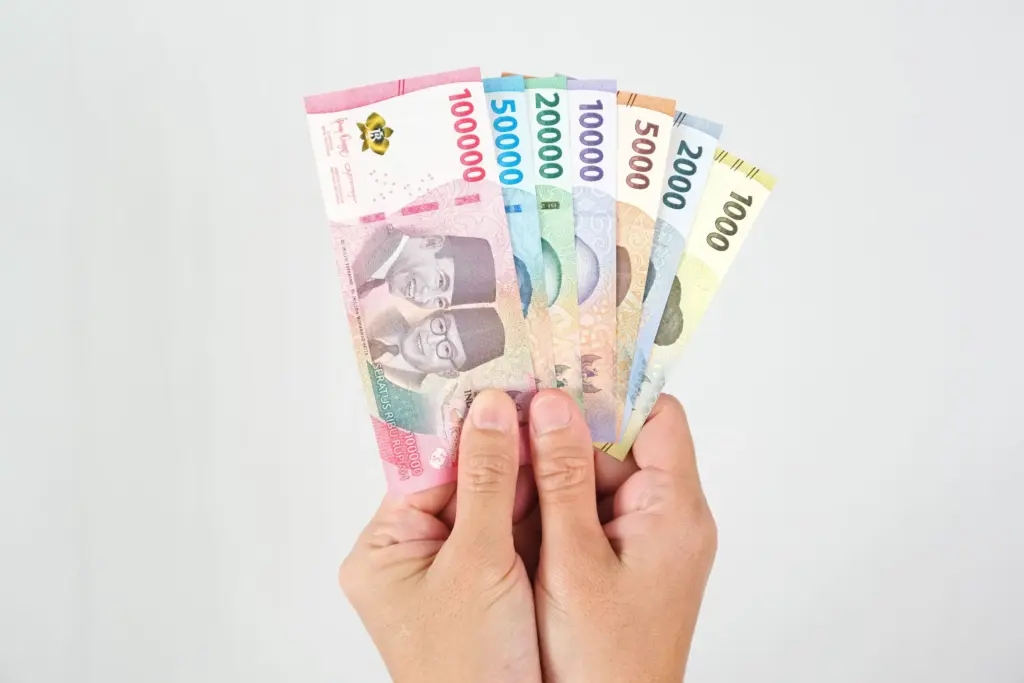
Bali uses the Indonesian Rupiah and you will commonly see references to this abbreviated as either Rp or IDR.
· Common Denominations:
o Banknotes come in Rp 1,000, 2,000, 5,000, 10,000, 20,000, 50,000 and 100,000
o Coins are Rp 100, 200, 500 and 1,000
· Currency Converter: when planning your trip or as a handy reference whilst spending money in Bali, there are a few different websites and apps that can help.
o XE Currency is a free app and has the advantage of working offline
o All Currency Converter
o Google – type in currency converter and use the calculator
· Pro Tips:
o The largest note, Rp 100,000 is red in colour and is worth approximately A$10 (US$16, GBP 21, and 18 euro).
o For an Australian traveller, the easiest way to convert the currency is by removing the last 4 zeros – so Rp 50,000 becomes A$5, Rp 10,000 is A$1. Keep the mantra 10,000 = 1 in your head and working things out will become easy.
Money Changers
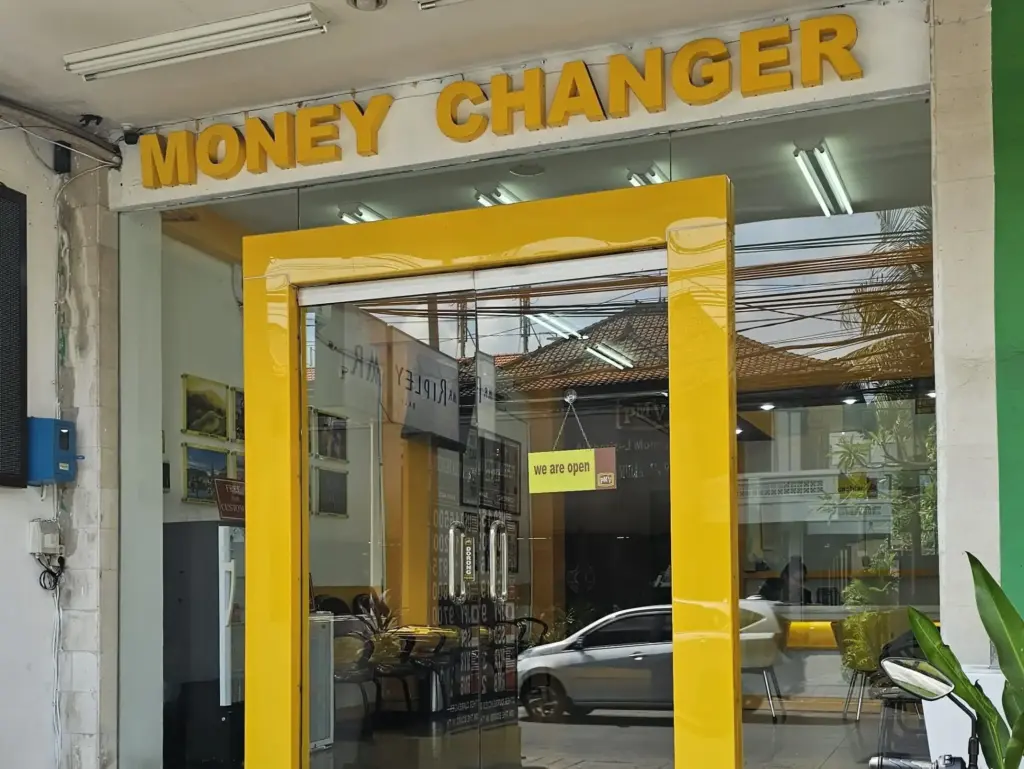
Perhaps the easiest way to access Indonesian rupiah is to utilise one of the many money change facilities you will find in the major tourist areas, at the airport and often within large hotels. You simply hand over your foreign currency and receive Indonesian rupiah in return. Generally the money changers at the airport will be around 10% more expensive (that is, worse) with the exchange rate applied compared to specialist money changers you will find in the tourist areas of Bali. In my experience, changing money in my home country has an exchange rate applied that is about 30% more expensive. It is far better to wait until you arrive into Bali to change money and most major currencies are accepted.
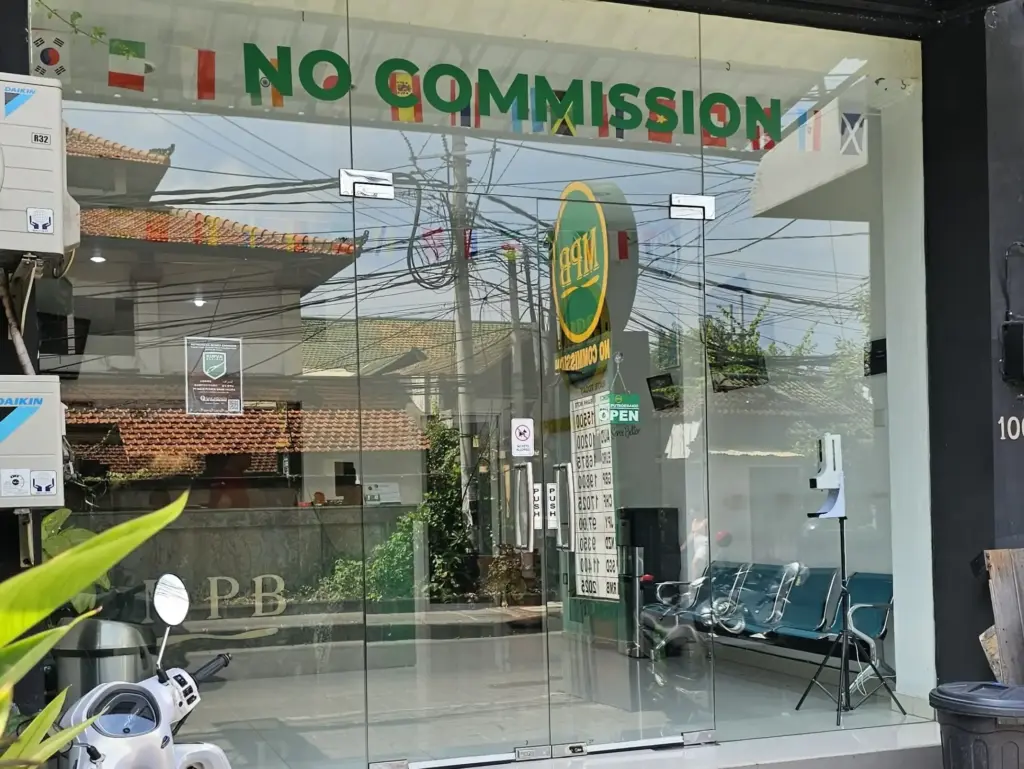
· Legitimate Versus Scam Money Changers: there are lots of horror stories from inexperienced (or inebriated) tourists getting scammed when they change money. This almost always occurs when a “dodgy” money change facility is used. So how do you know a legitimate from a scam or “dodgy” money changer? An honest, reliable and reputable money changer will:
o Be located inside a bank or a decent shopfront with glass windows and a digital display board of exchange rates.
o Display “Authorised Money Changer” prominently.
o Offer realistic rates consistent with other reputable money changers. The old adage of “if it is too good to be true, it usually is” definitely applies.
o Will often ask you for identification, or at least a name and hotel address.
o Give you a receipt.
o Manually count out the money in front of you or use a money counting machine for large volumes of notes.
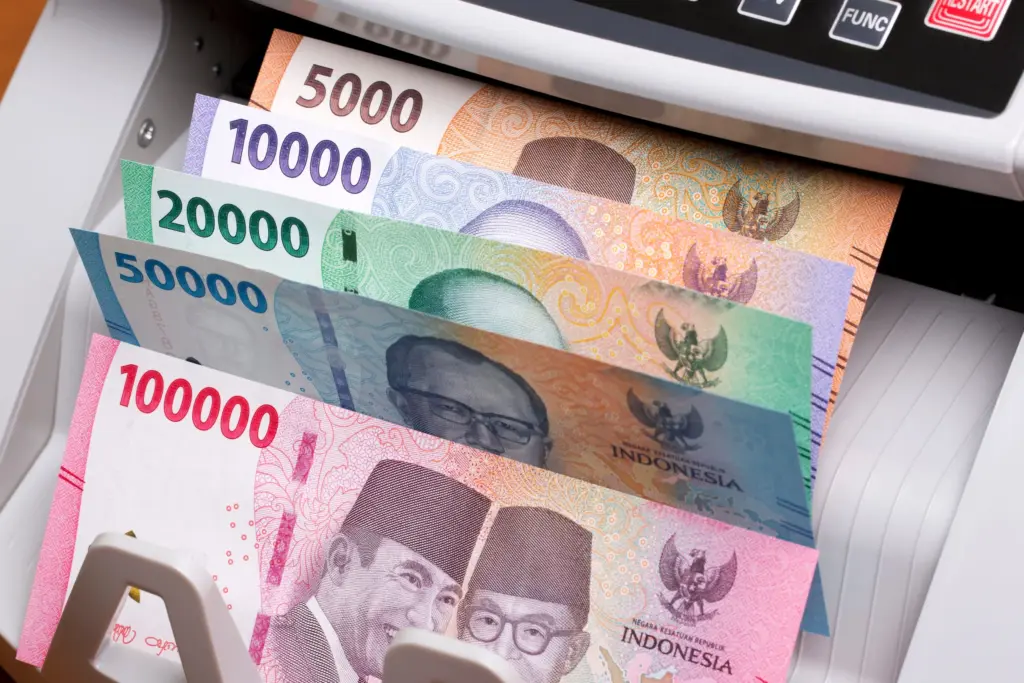
o Provide space and encourage you to recount the money before leaving.
o Is NOT a tiny kiosk down a laneway.
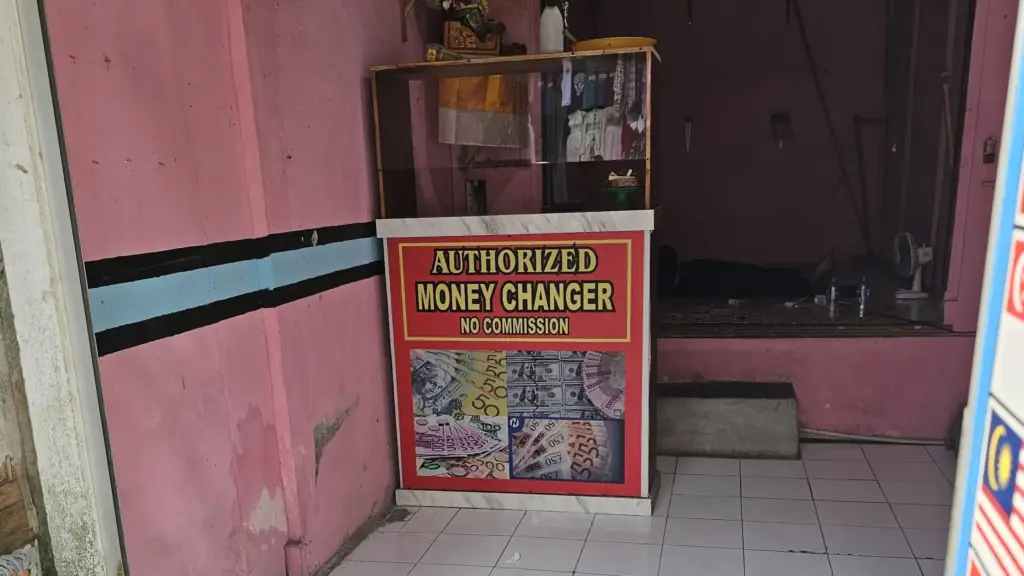
o Does NOT look like a wooden phonebooth.
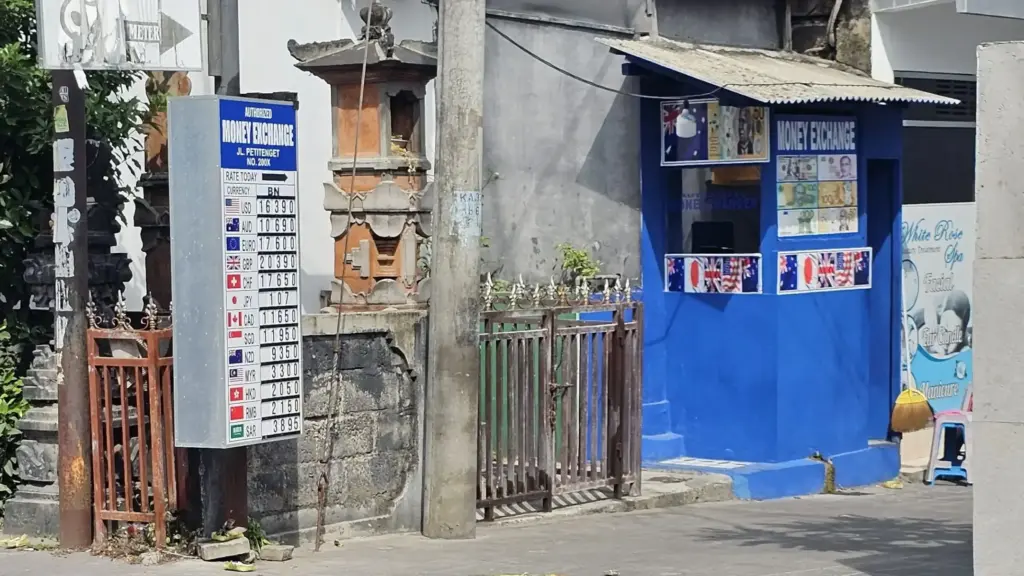
o Does NOT have a display of over inflated exchange rates.
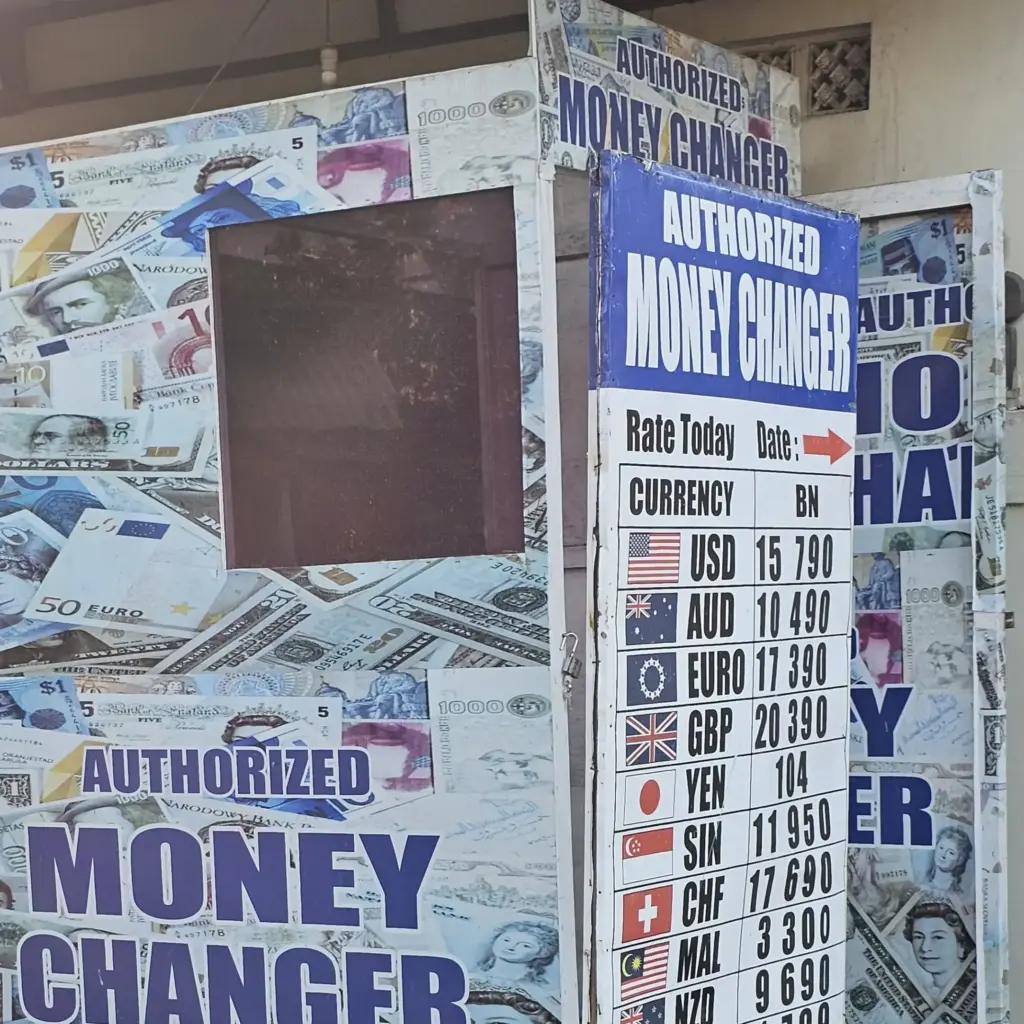
o Does NOT get the money out of a drawer under the desk.
· Pro Tips: Touch wood, in all the interactions I have had with a money changer, I have only had one “incident” and this was rectified straight away and was nothing but an honest mistake.
o Change a small amount at the airport to get you through your first few hours or day in Bali.
o Use only a reputable money changer. Personally I like BMC, Central Kuta and Mr & Mrs Smith.
o If inexperienced or nervous, go with a friend and just change a simple amount which you can confidently work out the exchange on in your head. It is much easier to change A$100 and add two zeroes to the rate – A$100 at a rate of Rp 10,275 will exchange to Rp 1,275,000.
o The best exchange rate will be offered after 11am on a Monday, through until about 11am on a Friday. Rates always drop over weekends and public holidays.
o You can only exchange foreign currency that is in very good condition, which means no tears and no significant creases or stray marks.
o Take the time to count the money before you leave.
o If going to a remote part of Bali, try to exchange your money in one of the main tourist areas first. It will be much easier and a better exchange rate in places like Legian and Canggu than Pemuteran or Tejakula!
o Refer to https://www.balibestrate.com/ which has a table of current exchange rates which are updated very regularly. If you are offered something significantly different to these, be on high alert!
Credit & Debit Cards
The main credit cards, particularly Visa and Mastercard are widely accepted throughout Bali. You will find most hotels, restaurants, supermarkets and spas will have credit card facilities. Do not be alarmed if they have multiple EFTPOS machines and try to use your card in more than one – this is nothing more than a connection issue. Do be aware that some merchants will add a 1 to 3% surcharge for using a card, regardless of whether it is a debit or credit card.
· Pro Tips:
o Notify your bank of any travel plans and likely usage so as they do not block your card.
o Bring a backup card just in case.
In recent years I have been using a Wise card and like its convenience, exchange rate and security measures. Wise is a financial technology company that offers international money transfers and currency exchange services. They provide users with either a Visa or Mastercard debit card which you can load with different currencies. Competitors to Wise include Resolut and PayPal. Even with the add-on fees that Wise have, I find their exchange rate more than offsets this. If interested in finding out more about Wise, please go to: https://wise.com/invite/drhc/andrewj980
ATMs
ATMs are plentiful in the southern and central parts of Bali, less so in the remote areas and islands like Nusa Lembongan and Penida. There are a large variety of bank-owned and private machines, with the bank ones usually having a better fee structure associated with them. Common brands will include Mandiri, BNI, BCA and BRI.
· Using an ATM is straightforward as the machines will give you a language option including English if you are unfamiliar with Indonesian.
· Denominations are usually either Rp 50,000 or Rp 100,000. The machine should indicate with a sticker which denomination will be dispensed.
· Limits will apply to each withdrawal, again usually promoted on the machine or whilst completing your transaction. Common limits are either Rp 1.5 million or Rp 3 million.
· Pro Tips:
o In Bali the last thing dispensed is your card, do not leave without it as it will be “swallowed” by the ATM.
o The safest locations for an ATM are within a bank.
o Be aware of skimming, scanning or surveillance devices – typically these are on ATMs located in the back of some minimarts or where there are multiple machines side by side. Always give the keypad a gentle wriggle to see if it is loose before using.
o Be mindful of an overly “helpful” local or someone standing close behind you. Common scams are to distract you so as you forget to take your card and shortly afterwards you may find it drained of funds!
o Sometimes the machine will not dispense any cash, usually because it has not been refilled. Keep a note of this if it happens and dispute with your bank if there has been a withdrawal from your account (although in all my time using ATMs in Bali, funds have never actually been taken out).
o One of the advantages of using a Wise card is that you can “freeze” it in the app, which I generally do straight after using an ATM. “Unfreezing” later is just as simple.
Credit Card or Cash in Bali?
The easiest answer to this is to have a mix of both, however it is definitely possible to survive a few weeks in Bali with just one of them. Cash will give you the greatest flexibility, however comes with several dangers. A credit card is handy but can limit getting around and where you can eat, shop and sightsee.
| Cash vs Card | Cash | Credit Card |
| Pros | · Accepted everywhere | · Safe· Convenient for large purchases |
| Cons | · Risks of theft or loss· Have to use a money changer | · Not accepted by taxis, smaller warungs (restaurants) or at the beach |
| Best Use | · Local markets, taxis, tipping and smaller shops, private driver | · Hotels, restaurants and bookings that can be made online |
| Recommendation: Definitely a mix of both that you are comfortable with – use the card for larger purchases and cash for tipping, transport and local warungs and services. | ||
